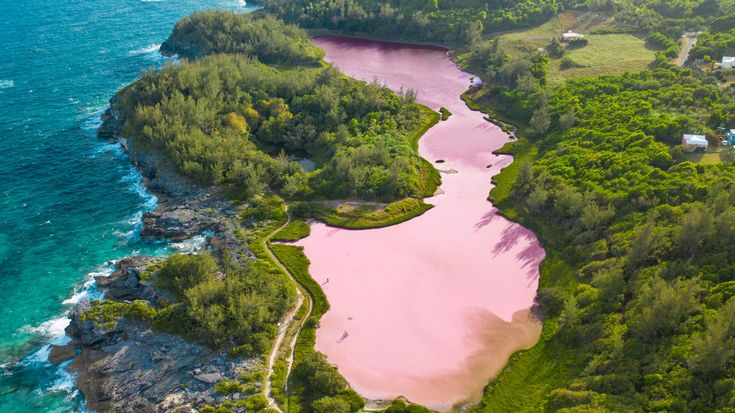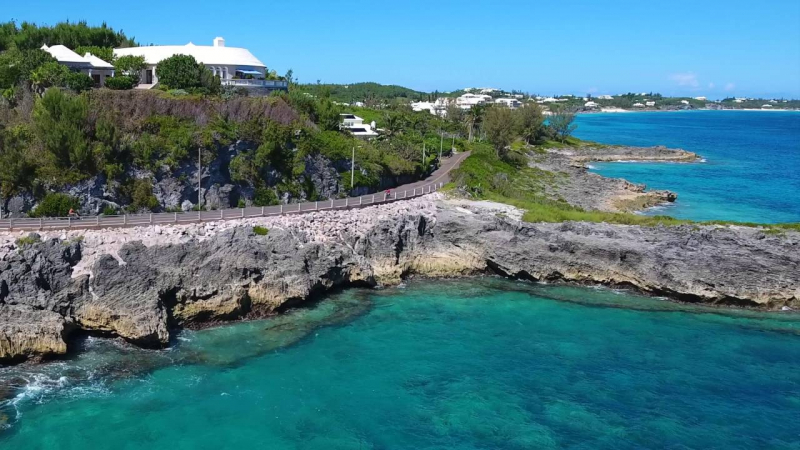Spittal Pond
Spittal Pond is Bermuda's largest nature reserve and is one of the most beautiful historical sites in Bermuda, covering 64 acres. It's a historical display in and of itself of how so much land came to be protected. Strips of property that were long and thin, with boat access on both the North and South shores, were the most attractive when people first began to legitimately own land in Bermuda. This was done to make it easier for boat owners to go about their business by allowing them to moor their boats on either side of the island. The first of the 10 strips of land that would eventually make up the entire reserve was purchased in 1946. Because it was swampy and contained the island's only salt marsh, it was unsuitable for development. Even back then, the significance of such an event could not be overstated.
The park was originally supposed to be closed to the public to create a quiet reserve for birds, but eventually, the need for national parks superseded this desire, and the current trail was constructed in order to give visitors a view of the pond but to keep them out of essential bird habitat. The pond and reserve support various native Bermuda birds, 20 species regularly winter here, and over 200 species have been recorded by birdwatchers. Aside from natural history, the reserve also contains Jeffrey’s Cave, an important African Diaspora Heritage site where a slave concealed himself, and Portuguese rock, an engraving on the rock face from settlers from the 1500s. “The checkerboard” is an impressive geological formation resulting from the movement of plate tectonics millions of years ago.












